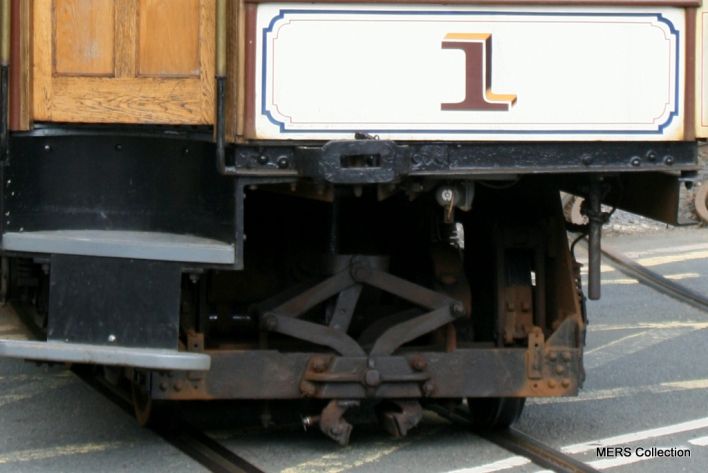Claims that a photograph of the fell brake on the runaway tram shows that it was badly worn have been rejected by the man in charge of the heritage railways.
"Ian Longworth, Director of Public Transport, explained that only the top half of the brake shoe is in contact with the fell rail.
He said: ’The Snaefell railway does not work quite as people presume.'
’The
cars originally had what is presumed to be cast iron shoes, all one
piece and replaced at the hanger when worn.'
’Later,
and we do not know when, or why, that was changed to be a fabricated
bracket on the hangers having a steel plate brake shoe attached.'
’The
design has contact with the rail only on the top half so the shoe
wears into an upside down L shape.'
’Many
people presume that the contact is full on the side of the rail which
it is not.’
Mr
Longworth added: ’It should be remembered that all the heritage
railways are Victorian with related levels of technology and lack of
failsafe systems.'
’We
have formal training of staff of these systems, a strong safety
culture of reporting of all incidents and potential incidents so that
we can have an operation which is as safe as it reasonably can be.’
Mr
Longworth said that the public transport division is constantly
investing in making improvements and renewals to improve standards
after, a recent report noted, 40 years of under-investment on the
railways.
He
said the electric trams were built between 1893 and 1906, and on the
MER they cover a total of around 90,000 miles a year with individual
cars in several cases reaching 15,000 miles each."
The full article is available to view HERE.
